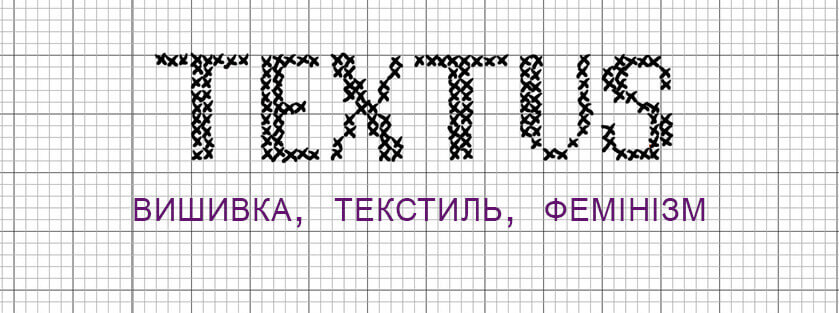The words “textile” and “text,” coming from the Latin word textus, means “fabric,” “connection,” and “interwoven.” Our culture evolved in such a way that it was mostly men who interwove words to create texts, as words and language became carriers of power and law. The interweaving of threads was reduced to “women’s” work, an unexceptional craft compared with the intellectual “weaving of words.” Its function – to decorate and to provide warmth and comfort – was synonymous with the role assigned to women in traditional cultures. Despite the technical complexity and visual richness of some textile and embroidery techniques, because of the word “feminine” these works were not considered on par with painting. The dominant “masculinity” of painting is evidenced, in particular, by the use of the words “writing” and “reading” with regard to paintings.
Despite the technical complexity and visual richness of some textile and embroidery techniques, because of the word “feminine” these works were not considered on par with painting.
This attitude towards “female” techniques is a constant as regards the perception of women’s labor in general. Women earn less than men, and housework and caring for children, which in most cases falls on the shoulders of women, often goes unpaid, unnoticed, and unappreciated.
That is why “female” techniques became important representations of feminist art. Take for example the installation “The Dinner Party” by American artist Judy Chicago, who coined the term “feminist art” in the 1970s.
Ukrainian female artists are also now addressing these issues. An exhibit, “Textus” (to be held 8 March to 9 April 2017 at the Visual Culture Research Center in Kyiv) will explore such layers through the artwork of contemporary Ukrainian female artists. Presented through embroidery and textile, viewers (m/f) are offered to read it as a narrative, returning to the original meaning of the word textus.
In conservative societies, embroidery and textile are presented as women’s hobbies in which ready patterns are merely copied, thus having a somewhat discriminatory connotation
Embroidery and textile are becoming increasing popular mediums in contemporary world art. But in conservative societies, embroidery and textile are still perceived as having decorative functions and are presented as women’s hobbies in which ready patterns are merely copied, thus having a somewhat discriminatory connotation.
The exhibit demonstrates how these techniques, by becoming mediums for reflection and critical expression, are undermining the hierarchical approach of many artistic practices. Symbolically, women who worked in garment and textile factories in New York went on strike on 8 March, 1857, the day we now celebrate International Women’s Day.
The works presented in this exhibit will focus on women’s rights in Ukraine and post-Soviet space(s).
The works presented in this exhibit and the accompanying lectures and discussions will focus on women’s rights in Ukraine and post-Soviet space(s), the issues of women’s labor, and identity in art and society.
Curator: Oksana Briukhovetska
Artists:
Ksenia Gnylytska
Alina Kleitman
Alina Kopytsia
Tetiana Kornieieva
Iryna Kudria
Oksana Briukhovetska
Valentyna Petrova
Anna Shcherbyna
Sewing cooperative “Shvemy”
Anna Sorokovaya
Iryna Stasiuk
Olesia Trofimenko
Sofia Vremennaia
Anna Zvyagintseva
![Political Critique [DISCONTINUED]](https://politicalcritique.org/wp-content/uploads/2015/09/Political-Critique-LOGO.png)
![Political Critique [DISCONTINUED]](https://politicalcritique.org/wp-content/uploads/2015/09/Political-Critique-LOGO-2.png)
